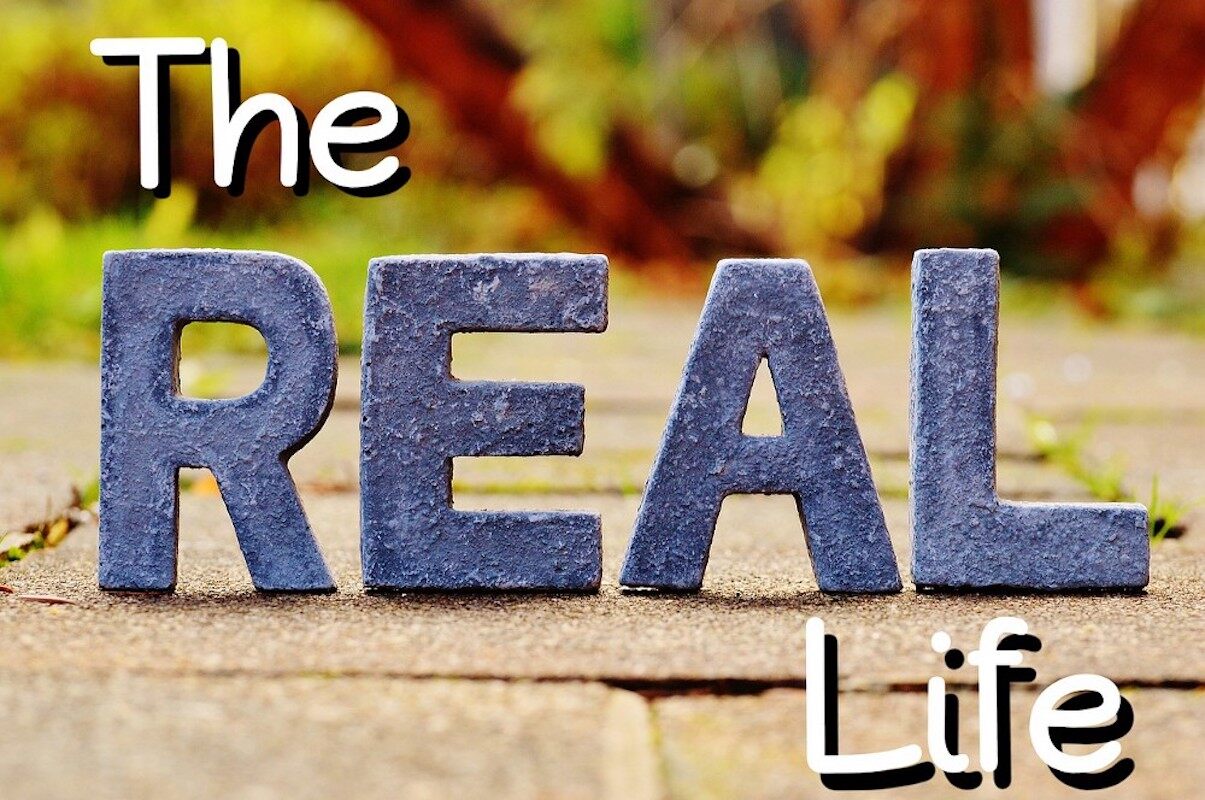AI 前线导读:随着互联网行业的井喷式发展,数据规模呈现爆炸式增长。大数据中蕴含了巨大的价值,但同时也来了很 “信息过载” 的问题。推荐系统作为一个广泛应用的信息过滤系统,在很多领域取得了巨大的成功。在电子商务上(Amazon,eBay,阿里巴巴),推荐系统为用户提供个性化产品,发掘用户潜在需求。那些电商的 “猜你喜欢” 其实就是推荐系统的应用。简单的说,推荐系统的目标是根据用户的偏好,为其找到并推荐可能感兴趣的项目。
当今机器学习中最有价值的应用之一就是推荐系统。Amazon 将其 35% 的收入归功于其推荐系统。
译注:关于 35% 这一数据详见《The Amazon Recommendations Secret to Selling More Online》(http://rejoiner.com/resources/amazon-recommendations-secret-selling-online/)
评估是研究和开发任何推荐系统的重要组成部分。根据你的业务和可用数据,有很多方法可以评估推荐系统。在本文中,我们会尝试一些评估方法。
评级预测
在我上一篇文章中《Building and Testing Recommender Systems With Surprise, Step-By-Step 》(https://towardsdatascience.com/building-and-testing-recommender-systems-with-surprise-step-by-step-d4ba702ef80b):使用 Surprise 构建和测试推荐系统,Surprise 以各种机器学习算法为中心来预测用户对商品条目的评级(即评级预测)。它要求用户提供明确的反馈,比如让用户在购买图书后对其进行 0~10 星的评级。然后我们用这些数据来建立用户兴趣的档案。问题是,不是每个人都愿意留下评级,因此数据往往是稀疏的,就像我们之前看到的 Book-Crossing 数据集一样:
译注:Book-Crossing 数据集可见 http://www2.informatik.uni-freiburg.de/~cziegler/BX/
大多数推荐系统是这样试图预测的:如果用户对相应的图书进行评级的话,他们会在里面放入什么内容。如果 “NaN” 太多,那么推荐系统就没有足够的数据来理解用户究竟喜欢什么。
但是,如果你能说服用户给你评级,那么明确的评级是很好的。因此,如果你拥有大量的数据和用户评级,那么评估指标应该为 RMSE 或 MAE。让我们展示一个带有 Surprise 库的 Movielens 数据集示例。
movies = pd.read_csv('movielens_data/movies.csv')ratings = pd.read_csv('movielens_data/ratings.csv')df = pd.merge(movies, ratings, on='movieId', how='inner')reader = Reader(rating_scale=(0.5, 5))data = Dataset.load_from_df(df[['userId', 'title', 'rating']], reader)trainSet, testSet = train_test_split(data, test_size=.25, random_state=0)algo = SVD(random_state=0)algo.fit(trainSet)predictions = algo.test(testSet)
def MAE(predictions): return accuracy.mae(predictions, verbose=False)def RMSE(predictions): return accuracy.rmse(predictions, verbose=False) print("RMSE: ", RMSE(predictions))print("MAE: ", MAE(predictions))
复制代码
ratings_prediction.py
Top-N
从网上购物网站到视频门户网站,Top-N 推荐系统的身影无处不在。它们为用户提供他们可能感兴趣的 N 个项目的排名列表,以鼓励用户浏览、下单购买。
译注:Top-N 推荐系统的介绍可观看 YouTube 视频:https://www.youtube.com/watch?v=EeXBdQYs0CQ
Amazon 的推荐系统之一就是 “Top-N” 系统,它可以为个人提供顶级结果列表:
Amazon 的 “Top-N” 推荐包括 9 页,第一页有 6 项。一个好的推荐系统应该能够识别某个用户感兴趣的一组 N 个条目。因为我很少在 Amazon 上买书,因此我的 “Top-N” 就差得很远。换言之,我可能只会点击或阅读我的 “Top-N” 列表中的某本书。
下面的脚本为测试集中的每个用户生成了前 10 条推荐。
def GetTopN(predictions, n=10, minimumRating=4.0): topN = defaultdict(list) for userID, movieID, actualRating, estimatedRating, _ in predictions: if (estimatedRating >= minimumRating): topN[int(userID)].append((int(movieID), estimatedRating))
for userID, ratings in topN.items(): ratings.sort(key=lambda x: x[1], reverse=True) topN[int(userID)] = ratings[:n]
return topN LOOCV = LeaveOneOut(n_splits=1, random_state=1)
for trainSet, testSet in LOOCV.split(data): # Train model without left-out ratings algo.fit(trainSet) # Predicts ratings for left-out ratings only leftOutPredictions = algo.test(testSet) # Build predictions for all ratings not in the training set bigTestSet = trainSet.build_anti_testset() allPredictions = algo.test(bigTestSet) # Compute top 10 recs for each user topNPredicted = GetTopN(allPredictions, n=10)
复制代码
top-N.py
下面是我们预测的 userId 2 和 userId 3 的前 10 项。
命中率
让我们看看生成的前 10 项推荐究竟有多好。为评估前 10 项,我们使用命中率这一指标,也就是说,如果用户对我们推荐的前 10 项中的一个进行了评级,那么我们就认为这是一个 “命中”。
计算单个用户命中率的过程如下:
在训练数据中查找此用户历史记录中的所有项。
有意删除其中一项条目(使用留一法,一种交叉验证方法)。
使用所有其他项目为推荐系统提供信息,并要求提供前 10 项推荐。
如果删除的条目出现在前 10 项推荐中,那么它就是命中的。如果没有,那就不算命中。
def HitRate(topNPredicted, leftOutPredictions): hits = 0 total = 0
# For each left-out rating for leftOut in leftOutPredictions: userID = leftOut[0] leftOutMovieID = leftOut[1] # Is it in the predicted top 10 for this user? hit = False for movieID, predictedRating in topNPredicted[int(userID)]: if (int(leftOutMovieID) == int(movieID)): hit = True break if (hit) : hits += 1
total += 1
# Compute overall precision return hits/totalprint("\nHit Rate: ", HitRate(topNPredicted, leftOutPredictions))
复制代码
HitRate.py
系统的总命中率是命中数除以测试用户数。它衡量的是我们推荐删除评级的频率,越高越好。
如果命中率非常低的话,这只是意味着我们没有足够的数据可供使用。就像 Amazon 对我来说,命中率就非常低,因为它没有足够的我购买图书的数据。
基于评级值的命中率
我们还可以通过预测的评级值来细分命中率。在理想情况下,我们希望预测用户喜欢的电影,因此我们关心的是高评级值而不是低评级值。
def RatingHitRate(topNPredicted, leftOutPredictions): hits = defaultdict(float) total = defaultdict(float) # For each left-out rating for userID, leftOutMovieID, actualRating, estimatedRating, _ in leftOutPredictions: # Is it in the predicted top N for this user? hit = False for movieID, predictedRating in topNPredicted[int(userID)]: if (int(leftOutMovieID) == movieID): hit = True break if (hit) : hits[actualRating] += 1 total[actualRating] += 1
# Compute overall precision for rating in sorted(hits.keys()): print(rating, hits[rating] / total[rating])print("Hit Rate by Rating value: ")RatingHitRate(topNPredicted, leftOutPredictions)
复制代码
RatingHitRate.py
我们的命中率细分正是我们所期望的,评级值为 5 的命中率远高于 4 或 3。越高越好。
累积命中率
因为我们关心更高的评级,我们可以忽略低于 4 的预测评级,来计算 > = 4 的评级命中率。
def CumulativeHitRate(topNPredicted, leftOutPredictions, ratingCutoff=0): hits = 0 total = 0 # For each left-out rating for userID, leftOutMovieID, actualRating, estimatedRating, _ in leftOutPredictions: # Only look at ability to recommend things the users actually liked... if (actualRating >= ratingCutoff): # Is it in the predicted top 10 for this user? hit = False for movieID, predictedRating in topNPredicted[int(userID)]: if (int(leftOutMovieID) == movieID): hit = True break if (hit) : hits += 1 total += 1
# Compute overall precision return hits/totalprint("Cumulative Hit Rate (rating >= 4): ", CumulativeHitRate(topNPredicted, leftOutPredictions, 4.0))
复制代码
CumulativeHitRate.py
越高越好。
平均对等命中排名(Average Reciprocal Hit Ranking,ARHR)
常用于 Top-N 推荐系统排名评估的指标,只考虑第一个相关结果出现的地方。我们在推荐用户排名靠前而不是靠后的产品获得了更多的好评。越高越好。
def AverageReciprocalHitRank(topNPredicted, leftOutPredictions): summation = 0 total = 0 # For each left-out rating for userID, leftOutMovieID, actualRating, estimatedRating, _ in leftOutPredictions: # Is it in the predicted top N for this user? hitRank = 0 rank = 0 for movieID, predictedRating in topNPredicted[int(userID)]: rank = rank + 1 if (int(leftOutMovieID) == movieID): hitRank = rank break if (hitRank > 0) : summation += 1.0 / hitRank
total += 1
return summation / total
print("Average Reciprocal Hit Rank: ", AverageReciprocalHitRank(topNPredicted, leftOutPredictions))view rawAverageReciprocalHitRank.py hosted with ❤ by GitHub
复制代码
AverageReciprocalHitRank.py
你的第一个真实推荐系统可能质量很低,哪怕是成熟系统,用于新用户的表现也是一样。但是,这仍然比没有推荐系统要好多得多。推荐系统的目的之一,就是在推荐系统中了解用户 / 新用户的偏好,这样他们就可以开始从系统中接收准确的个性化推荐。
然而,如果你刚刚起步的话,那么你的网站就是全新的,这时候推荐系统并不能为任何人提供个性化的推荐,因为这时候并没有任何人的评价。然后,这就变成了一个系统引导问题。
译注:有关系统引导问题可参阅:《Learning Preferences of New Users in RecommenderSystems: An Information Theoretic Approach》(https://www.kdd.org/exploration_files/WebKDD08-Al-Rashid.pdf)
本文的 Jupyter Notebook 可以在 Github 上找到:https://github.com/susanli2016/Machine-Learning-with-Python/blob/master/Movielens Recommender Metrics.ipynb。
参考文献:Building Recommender Systems with Machine Learning and AI(《使用机器学习和人工智能构建推荐系统》https://learning.oreilly.com/videos/building-recommender-systems/9781789803273)
原文链接:https://towardsdatascience.com/evaluating-a-real-life-recommender-system-error-based-and-ranking-based-84708e3285b

















评论